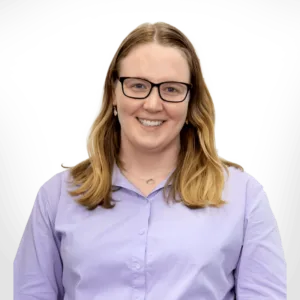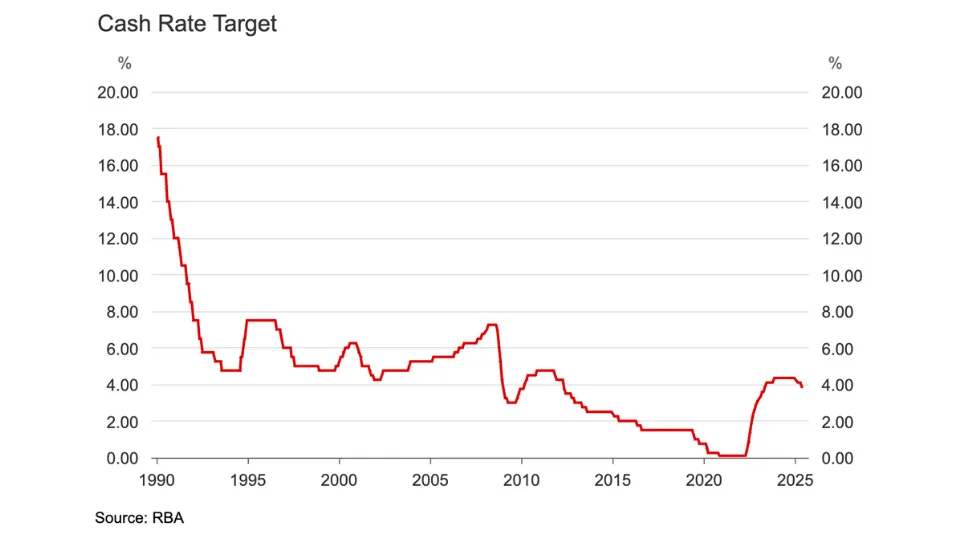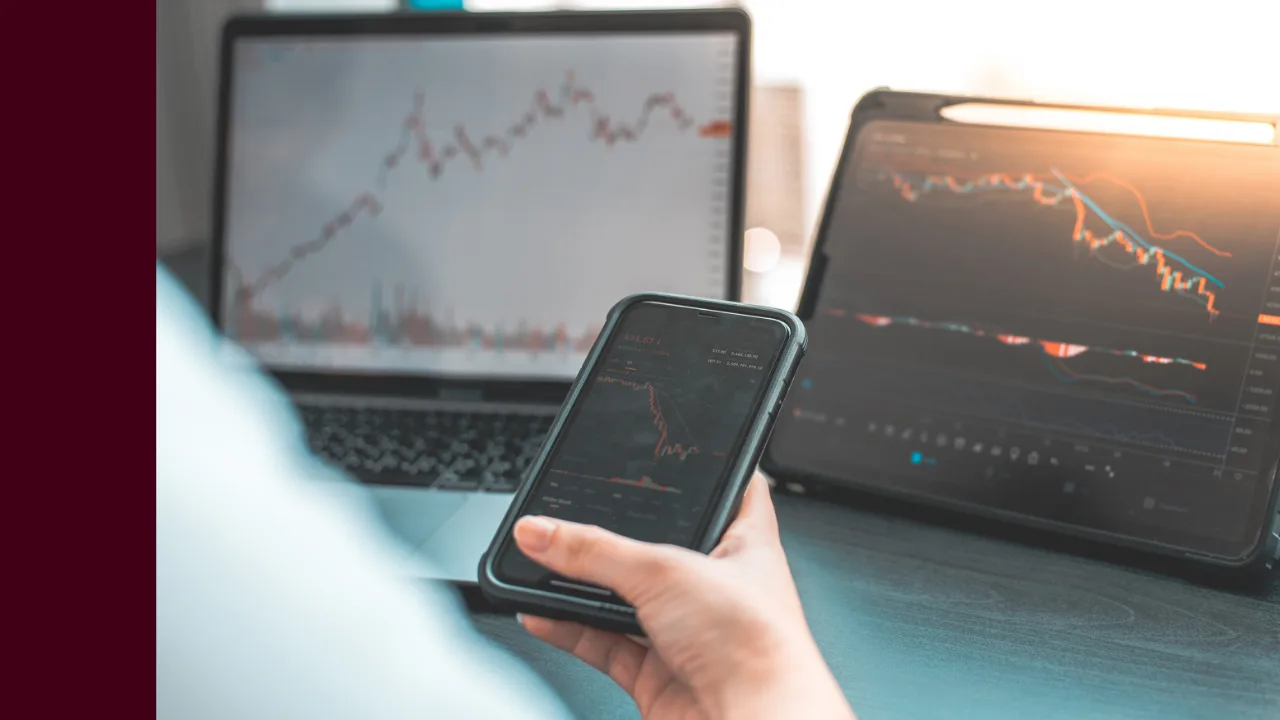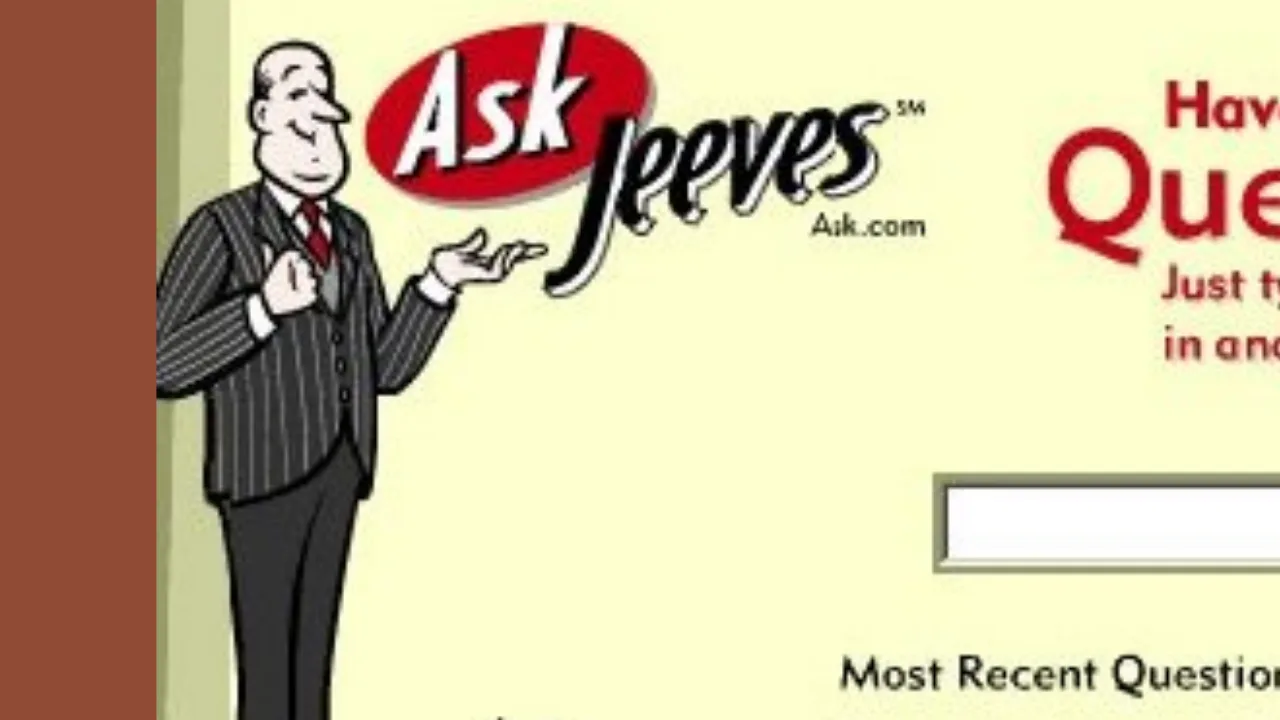Hello money wizards,
It’s been over a month since my first book, Buying Happiness, launched into the world with Major Street Publishing, and it’s been such fun sharing it with everyone. A BIG thank you for your support during this journey 📚
If you haven’t grabbed a copy yet, Amazon has just dropped the price (25% OFF)! Plus, you can catch Owen’s interview with me about the book to better understand what it covers. One last thing: if you enjoyed Buying Happiness, I’d sincerely appreciate it if you could leave me a review on Goodreads or Amazon (if you purchased from there).
Anyway, let’s get to the good stuff – working towards financial independence!
Despite what you’ve heard, financial independence isn’t necessarily about having millions of dollars.
Rather, it’s about having secure financial foundations, giving yourself more choices and making decisions about your life from a position of strength. After all, the more control and autonomy you have over your time, the happier you are.
I’d argue if you can combine working towards financial independence with being satisfied with what you have right now, you’re on a very good path to buying happiness.
🤔 But Kate … what exactly is financial independence?
Financial independence is more a feeling than a destination, though you may choose to attach a dollar figure to it. It doesn’t mean you’ve reached all your goals; rather, it’s a step in the process to buying happiness.
This could look like having a full emergency fund, staying on top of your income and expenses each month and having a plan for how you’re going to work towards your financial goals.
As someone who has put some money aside for emergencies and knows their monthly numbers, I feel a sense of financial independence right now.
Personally, I’ve set a big financial independence goal, which is for my investment portfolio to be large enough to cover my basic living costs.
This is my long-term financial goal, and I’m not expecting to get there overnight.
The big attraction of this goal for me is the feeling of empowerment and self-sufficiency financial independence can give. It’s not necessarily about not having to work (although I may choose that at some point), but rather the ability to make choices from a position of strength, live life on my own terms and give back to my community.
Reaching financial independence is about working out what ‘enough’ means to you and then putting a financial plan in place to help you get there.
🤷🏼♀️ Why bother?
So, what does it mean to work towards and reach financial independence?
At its core, it’s about consuming less, increasing your savings rate, investing the rest, finding satisfaction in the moment in front of you and having the financial freedom and flexibility to choose if, how and when you work.
The details are totally up to you – and that’s where it gets interesting.
People pursue financial independence for different reasons.
For some, it’s an audacious goal to increase their freedom and choices in life, while for others, it’s about being able to take more time off work to care for family members.
💸 Common goals and milestones
To get you thinking about what’s possible and what might suit your lifestyle and goals, here are some examples of milestones and goals you could include along your journey to financial independence:
- Understand your current financial picture by writing down all your assets and liabilities.
- Get out of debt as soon as possible by actively working on paying it down every month.
- Build an emergency fund to cover 3–6 months of living expenses in the event you’re hit with unforeseen life events that affect you financially. (This is a crucial step on your path to becoming financially independent.)
- Create your new budget by reducing your expenses and focusing on putting a greater percentage of your income into your savings and investment accounts.
- Reduce your expenses and make considered purchasing decisions based on your values. This might include purchases that save you time or make you happier.
- Start a side hustle, take on extra shifts or up-skill yourself to increase your income so you can put more money towards your goals.
- Invest your first $5 using a micro-investing platform and start building up your confidence as an investor.
- ‘Fun money’ – you have enough money in your savings account or investment portfolio that you would be able to leave full-time work for a shorter period of time (for example, 12 months) to start a business, go travelling or work on a creative project.
- ‘Part-time’ – you have invested enough money to work just part-time or build a business instead of continuing full-time work. This could be funded through investment income or by selling a small portion of your investments if necessary to cover the reduction in your income.
- ‘Financial independence’ and beyond – your investment portfolio has reached a point where you can live off your investments indefinitely and live life on your own terms without having to work. Basically, you get to choose when, where and how you work now.
As you can see, financial independence isn’t just about the end goal. By enjoying the process and celebrating your wins, your journey will be more sustainable in the longer term.
As you plan out and continue on your money journey, remember that there’s no one right way to reach financial independence or build your ideal life. Everyone’s working it out as they go – just like you – based on their own values, priorities and life experiences.
✅ Here’s my challenge to you: identify some of the milestones you could add to your own financial goals so you can regularly check in with and celebrate your progress. Even better, share these with a friend or family member who can support you during this journey!
📚 Want to keep exploring these ideas?
My very first book, Buying Happiness, has just come out. This is the perfect way to kickstart your financial independence journey and create some goals you’re excited to acheive.
You can grab a copy of my book, Buying Happiness, on Booktopia* or Amazon today!
Cheers to our financial futures,
* Please note: I will receive a small payment if you use my Booktopia affiliate link to place your preorder.











